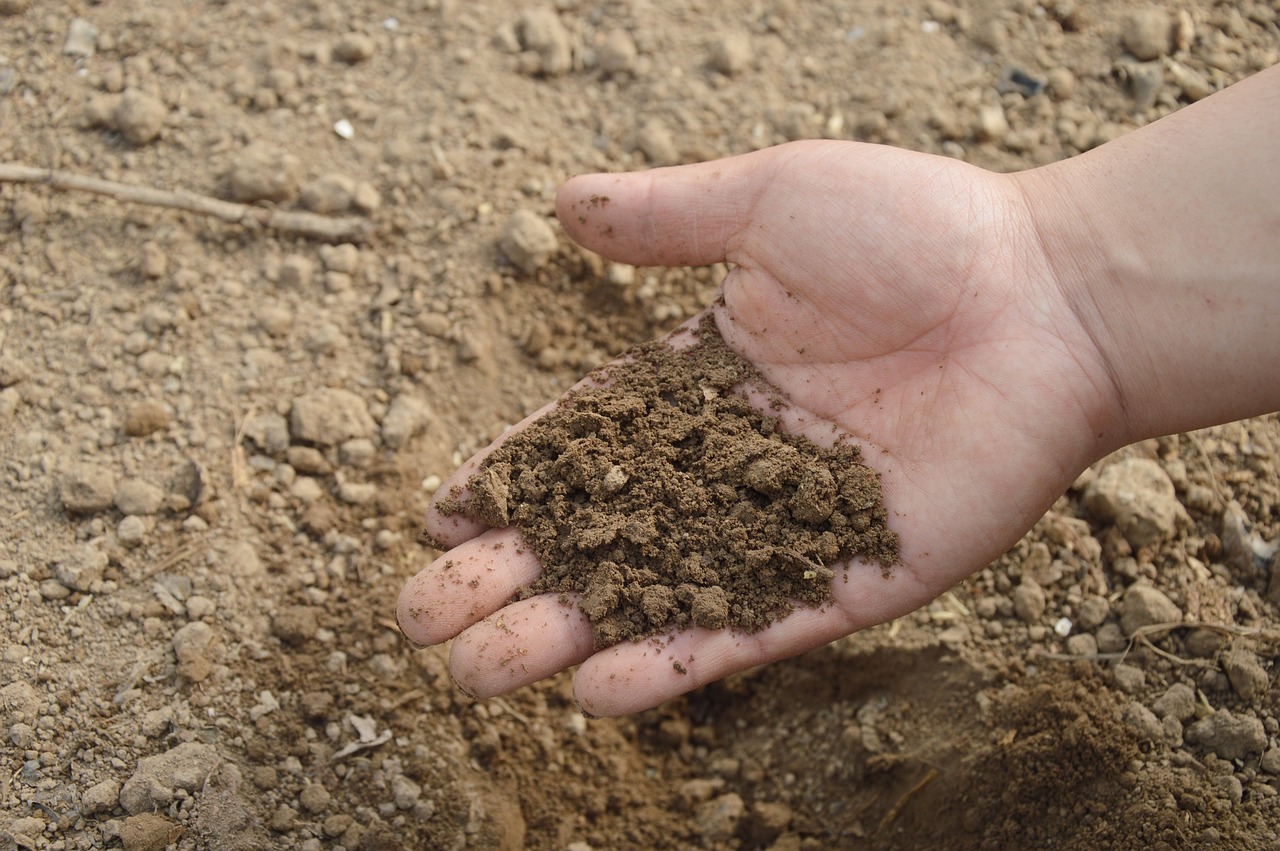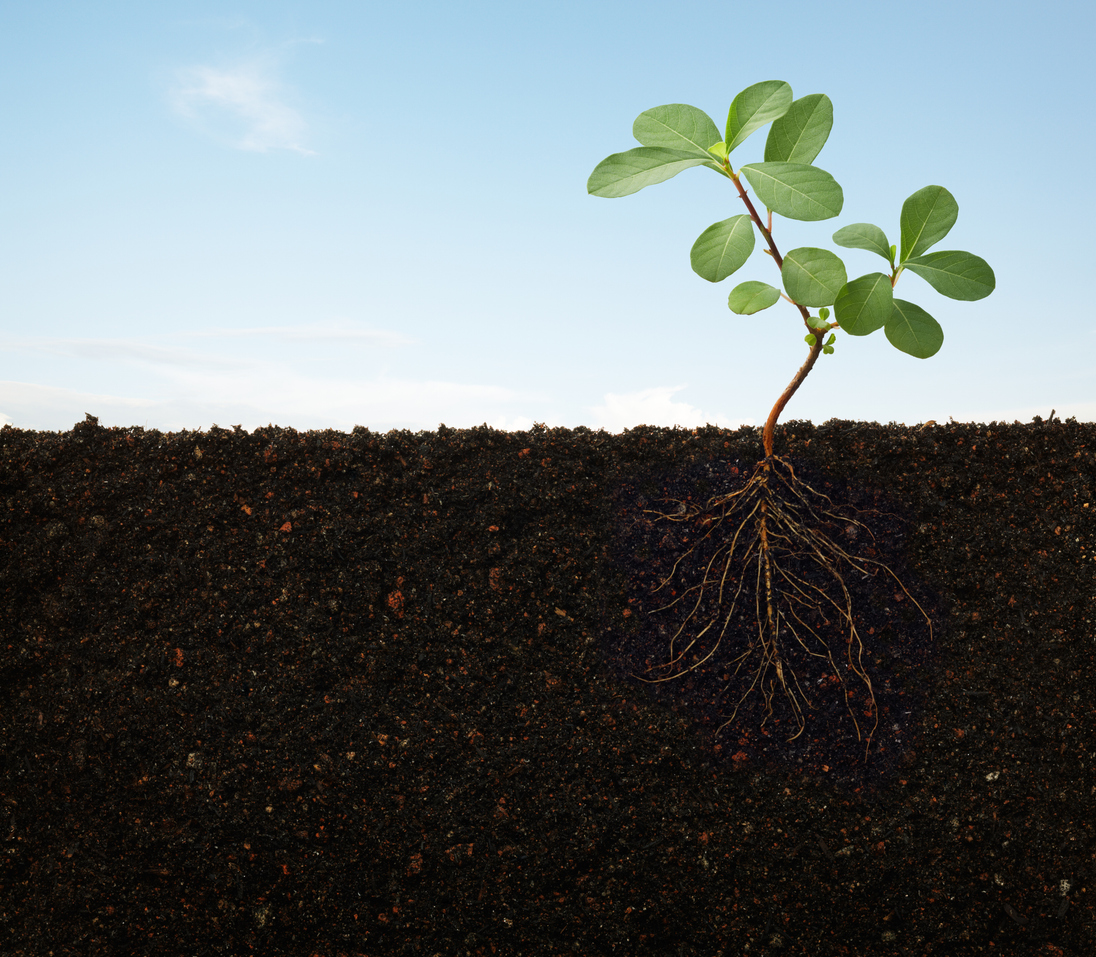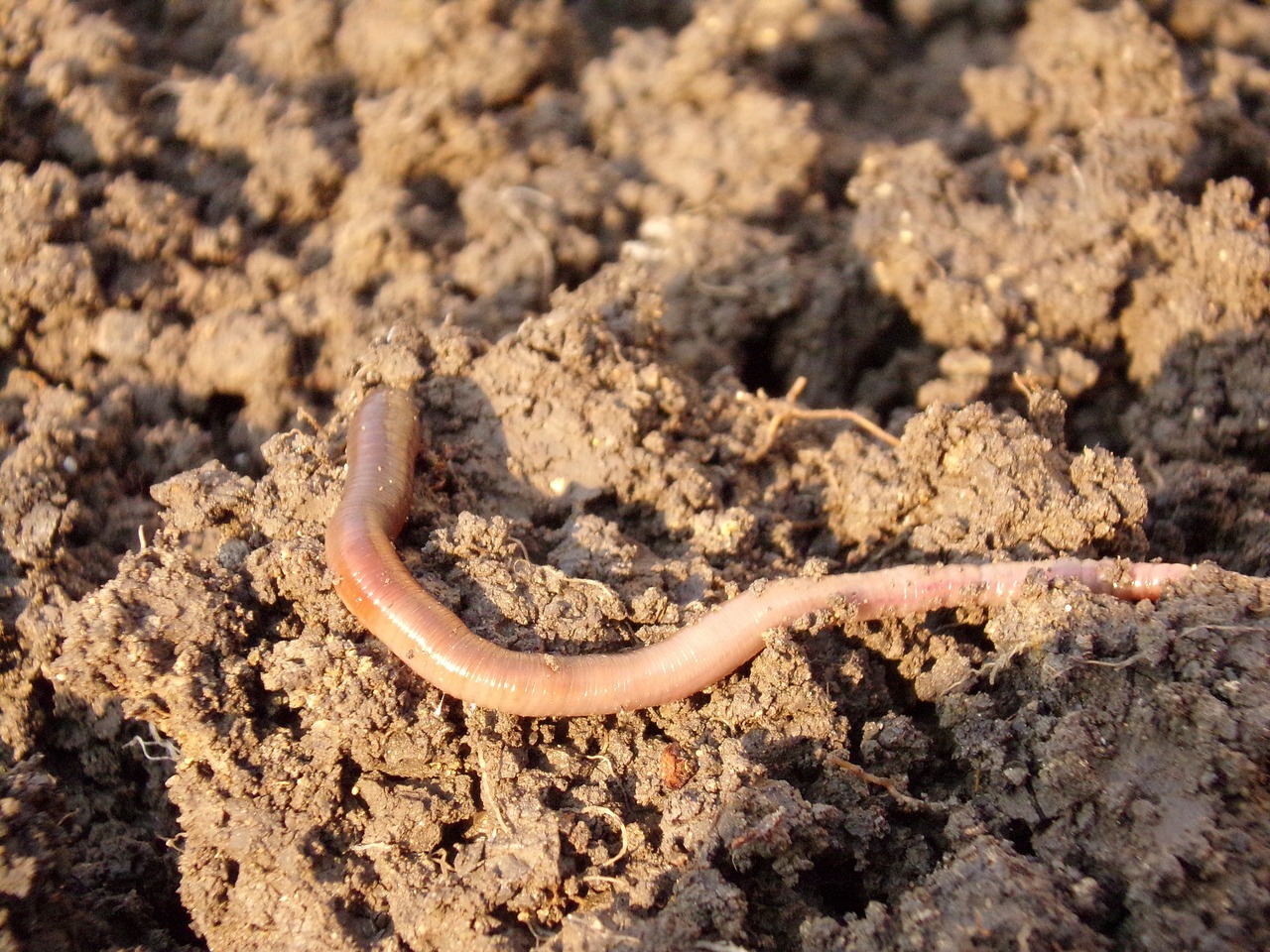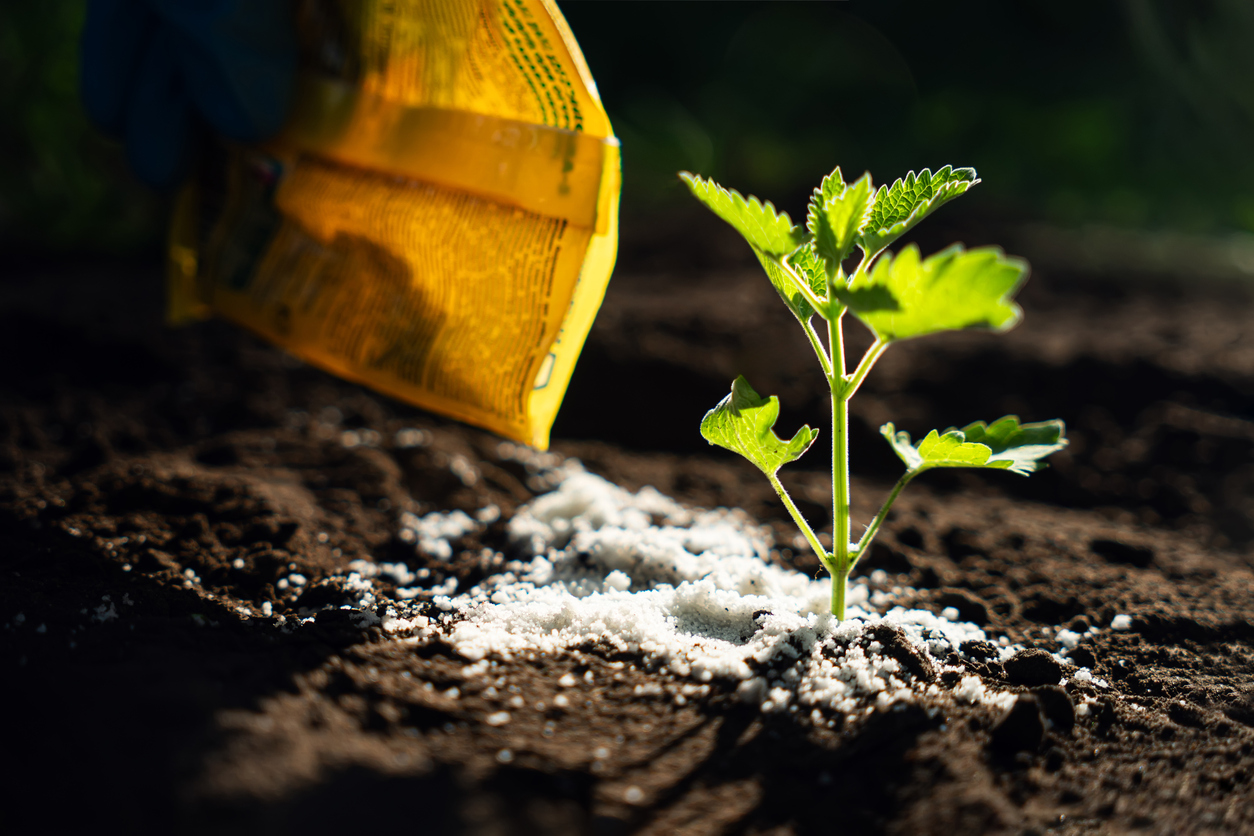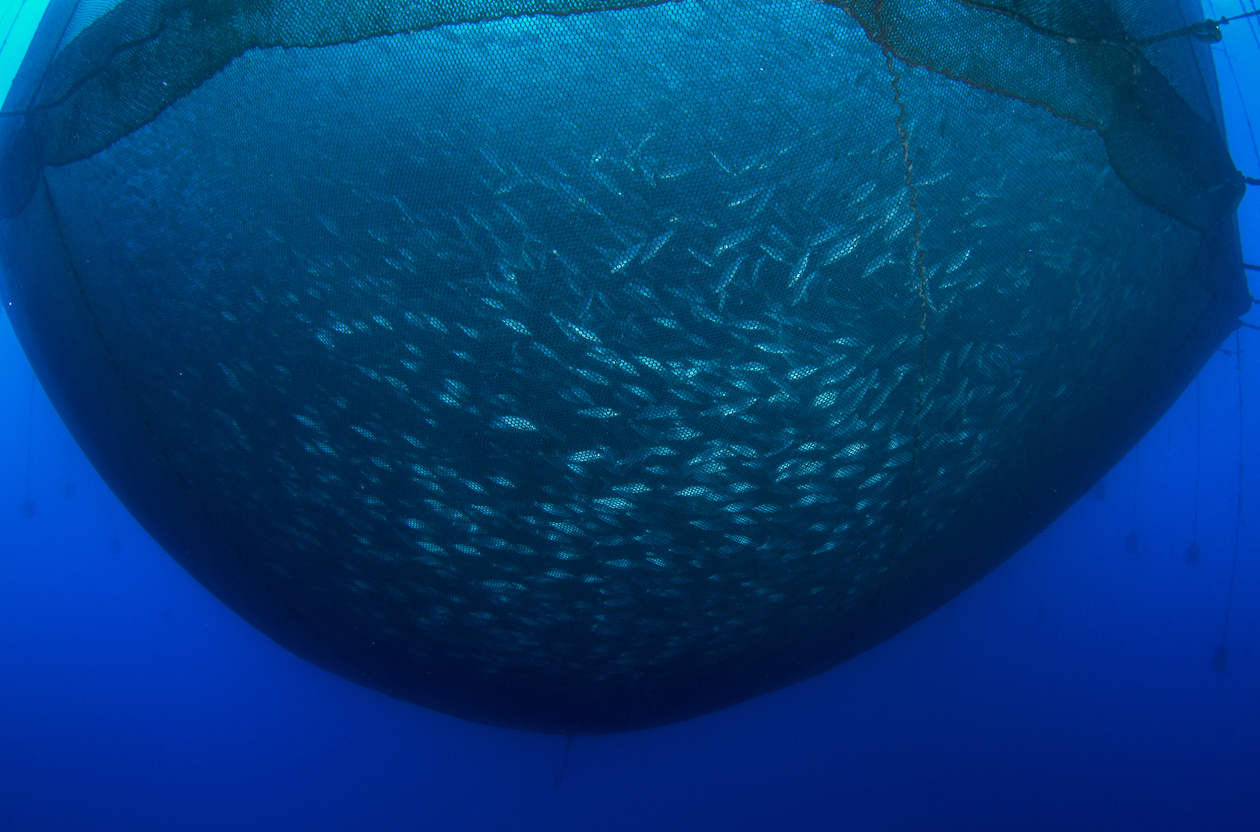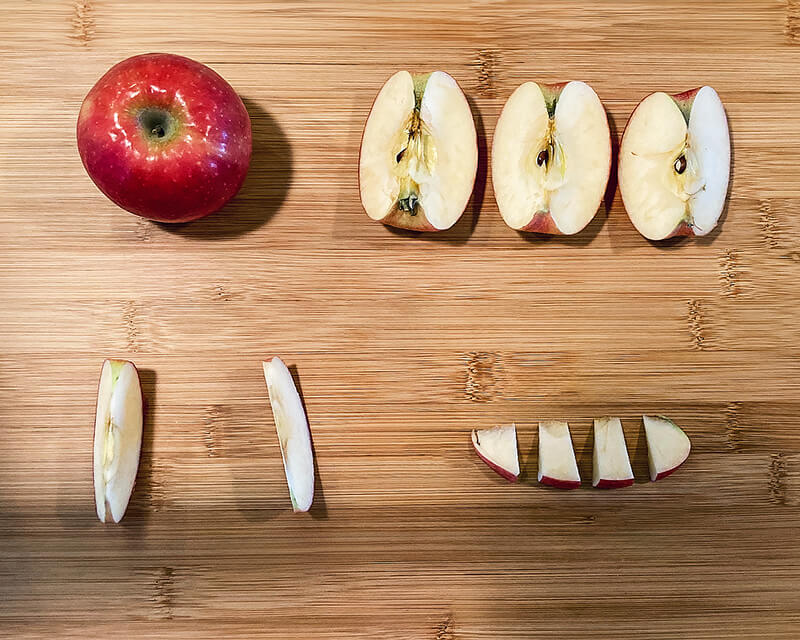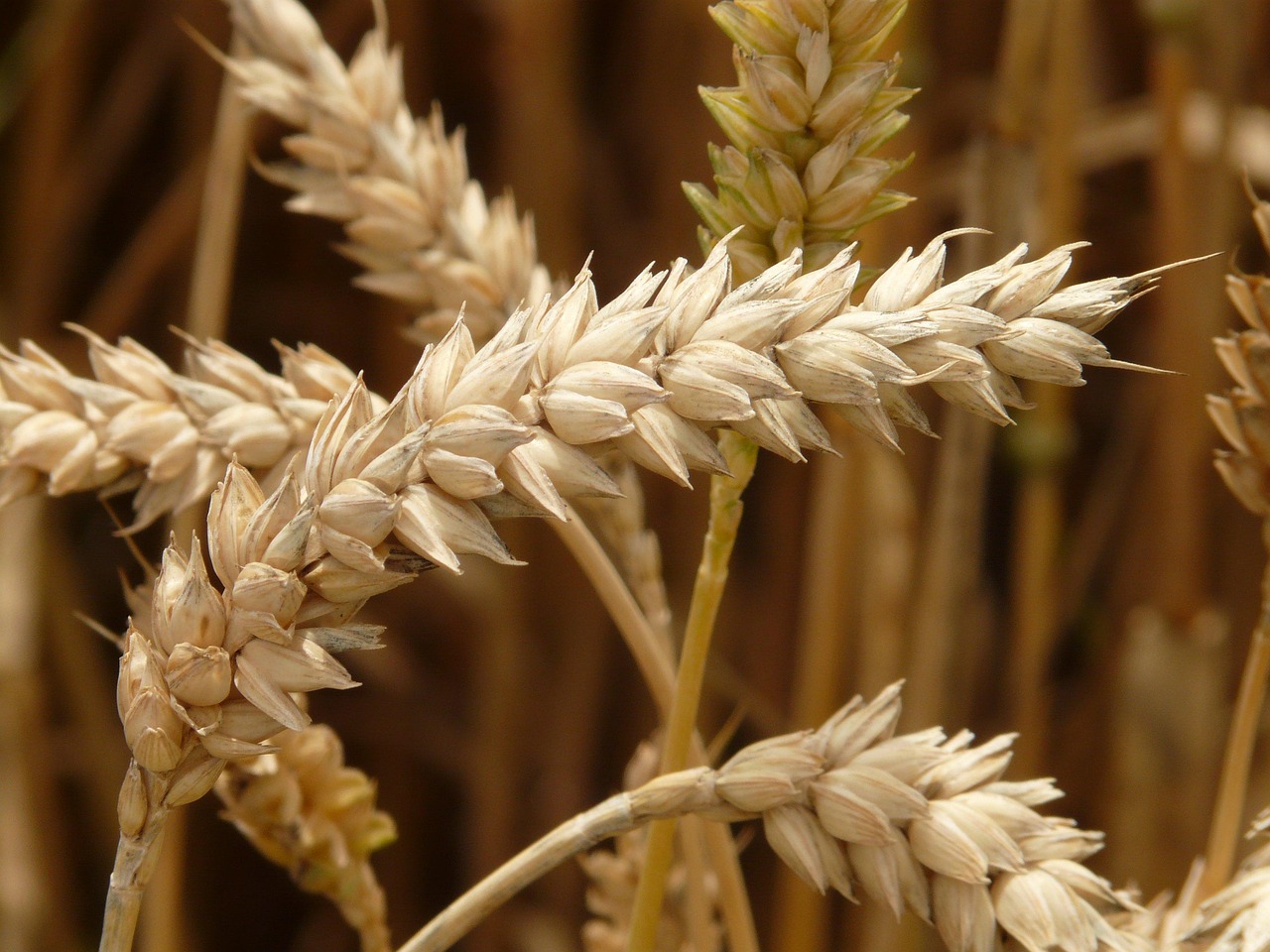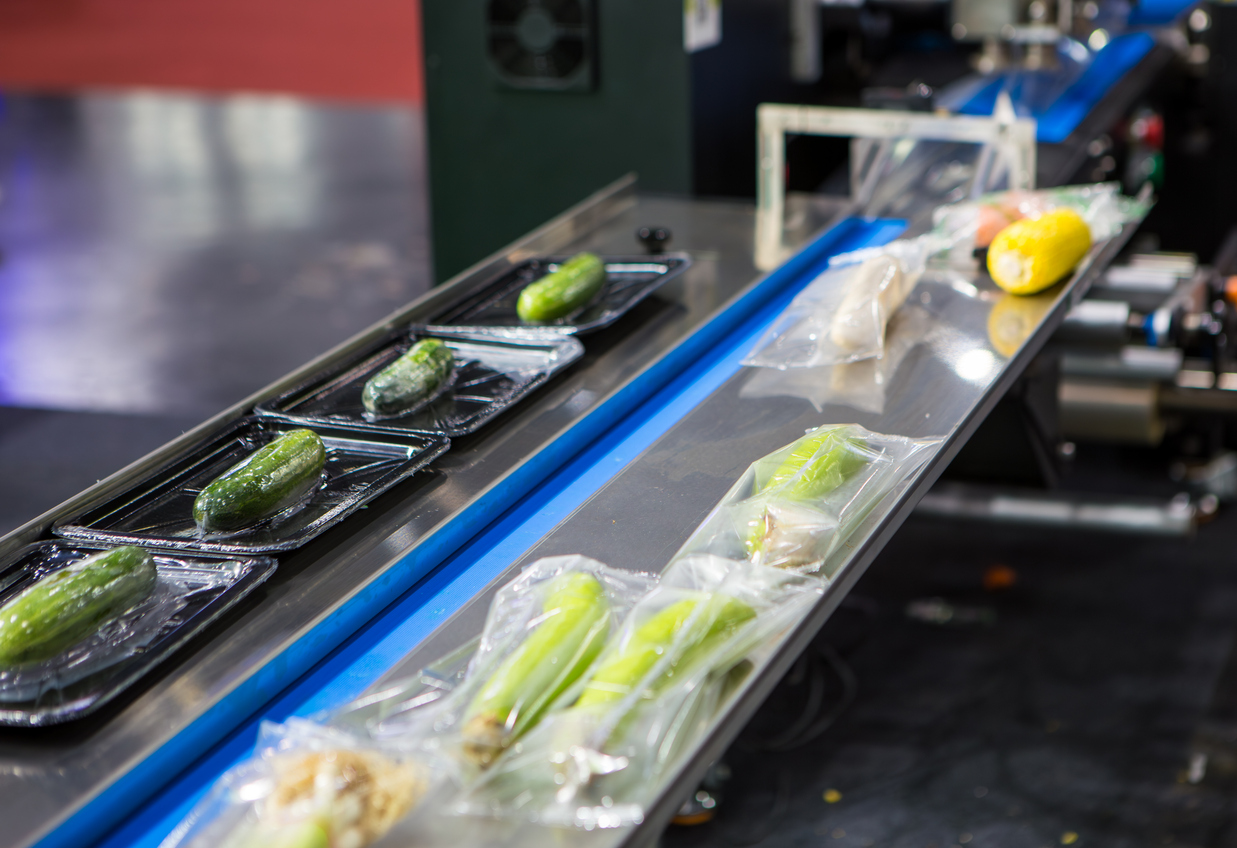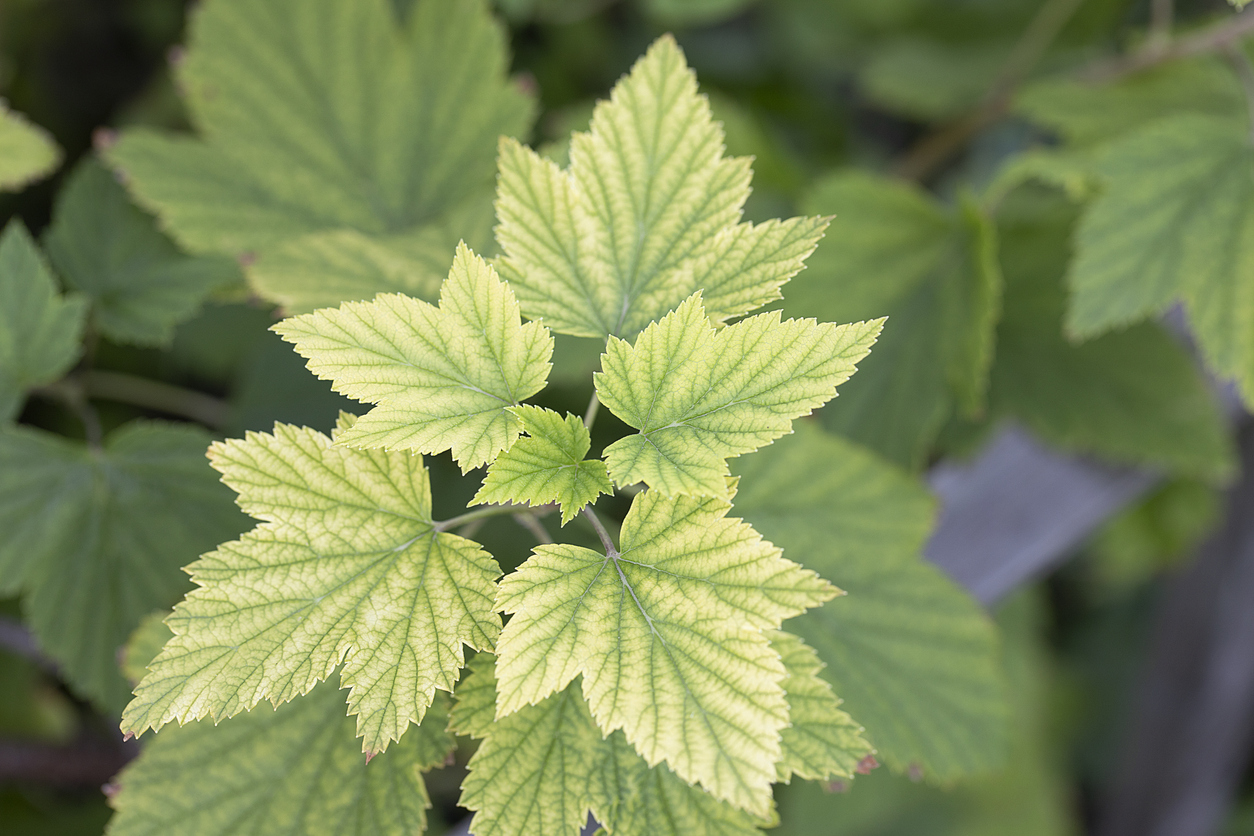
Plant Nutrient Deficiencies (Grades 6-8)
Students discuss the definition of “fertilizer” and relate it to plant nutrition and the need to restore nutrient balance in agricultural soils. They discuss how people and crops can suffer from nutrient deficiencies. Students assume the roles of plant doctors and diagnose nutrient deficiencies in corn plants.
